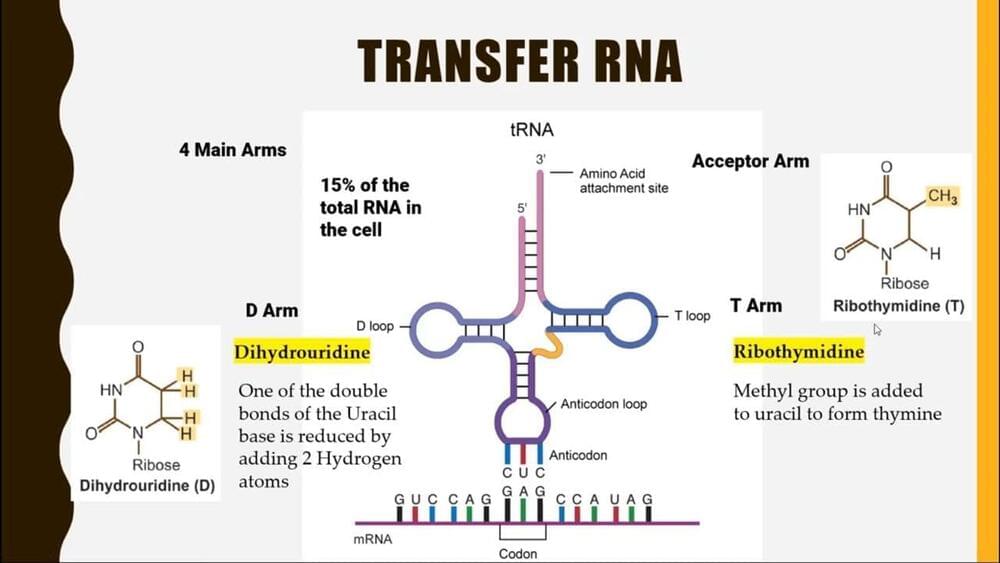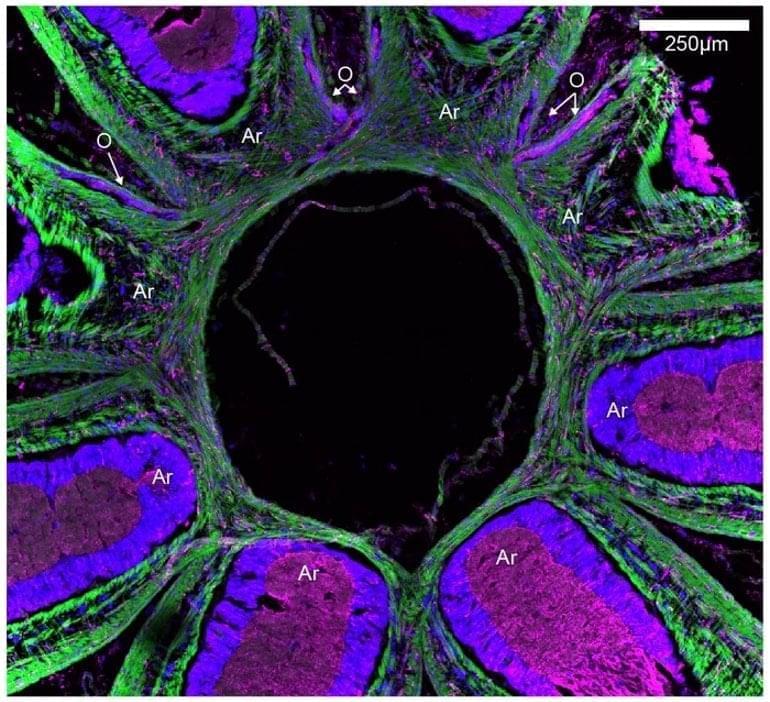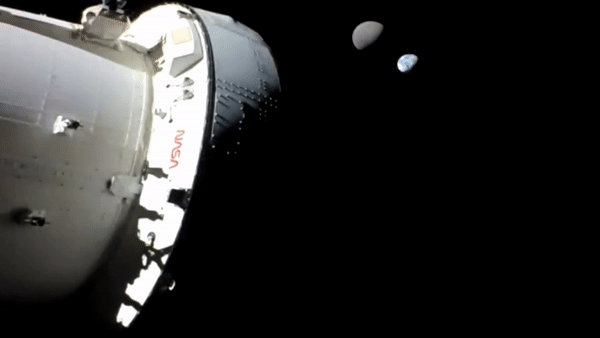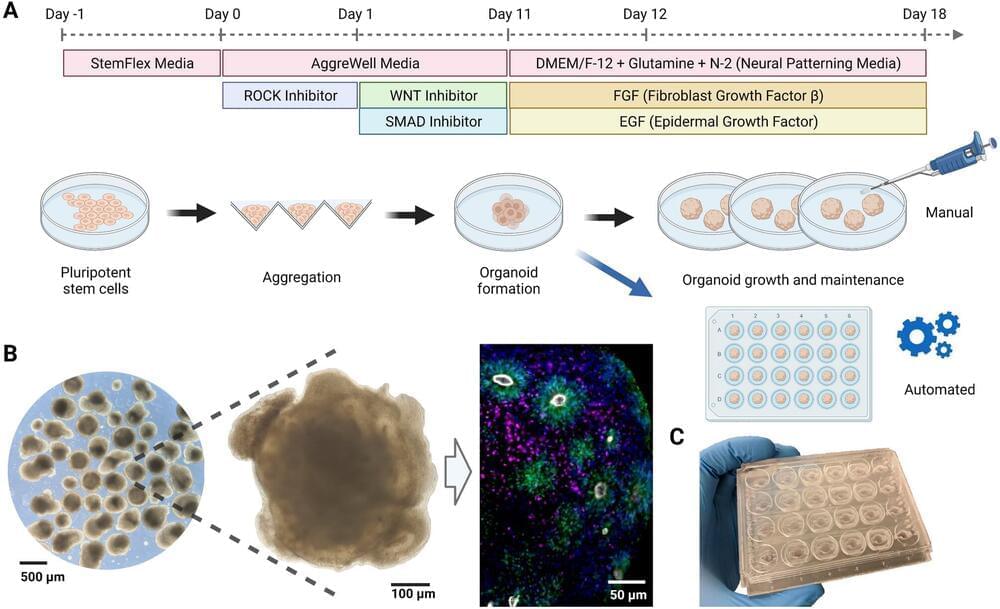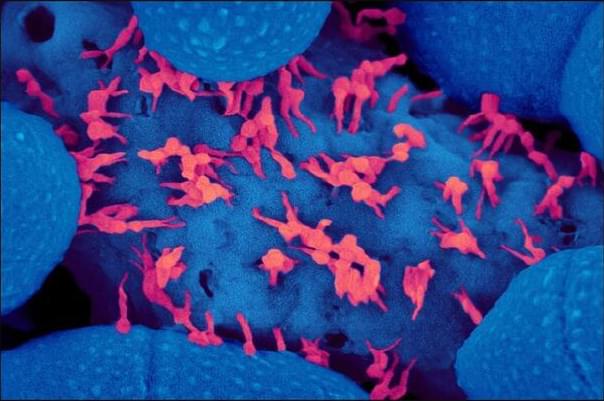Researchers have proposed what’s perhaps the most exotic explanation to date for the source of the universe’s seed magnetic field: cosmic strings.
Start at the Big Bang…
“The map of the observable Universe” takes viewers on a 13.7-billion-year-old tour of the cosmos from the present to the moments after the Big Bang.
Transfer RNA
Posted in futurism
This Video Explains Transfer RNA.
Thank You For Watching.
Please Like And Subscribe to Our Channel: https://www.youtube.com/EasyPeasyLearning.
Like Our Facebook Page: https://www.facebook.com/learningeasypeasy/
Join Our Facebook Group: https://www.facebook.com/groups/460057834950033
Support Our Channel: https://www.patreon.com/supereasypeasy
NEW DELHI: Among all the protests that have erupted across China following the strict quarantine measures enforced by the government for Covid-19, one form that has stood out is the display of a physics equation.
In images widely being circulated on social media, students of Beijing’s Tsinghua University can be seen holding sheets on which is written one of the Friedmann equations.
What these equations have to do with the subject of the protests is open to speculation. Many on social media have suggested that it is a play on the words “free man”. Another view is that it symbolises a free and “open” China, because the Friedmann equations describe an “open” (expanding) universe.
Summary: Researchers discovered a structure within the octopus nervous system by which the intramuscular nerve cords, which help the cephalopod to sense its arm movements, connect arms on the opposite side of the animal.
Source: University of Chicago.
Octopuses are not much like humans — they are invertebrates with eight arms, and more closely related to clams and snails. Still, they have evolved complex nervous systems with as many neurons as in the brains of dogs, and are capable of a wide array of complicated behaviors.
As Amazon prepares to debut its long-delayed Prime Air drone delivery service, it’s also showing off a smaller, quieter drone that will be ready in 2024 and could be making regular deliveries in major cities by the end of the decade.
Why it matters: Consumers want their stuff fast, and under Amazon founder Jeff Bezos’ vision, they could get it delivered in as little as 30 minutes while helping the environment by taking CO2-emitting trucks off the street.
There’s an epic livestream running on the Artemis 1 moon mission, showcasing live views of the Orion spacecraft as it flies in a distant retrograde lunar orbit.
A team of engineers at UC Santa Cruz has developed a new method for remote automation of the growth of cerebral organoids—miniature, three-dimensional models of brain tissue grown from stem cells. Cerebral organoids allow researchers to study and engineer key functions of the human brain with a level of accuracy not possible with other models. This has implications for understanding brain development and the effects of pharmaceutical drugs for treating cancer or other diseases.
In a new study published in the journal Scientific Reports, researchers from the UCSC Braingeneers group detail their automated, internet-connected microfluidics system, called “Autoculture.” The system precisely delivers feeding liquid to individual cerebral organoids in order to optimize their growth without the need for human interference with the tissue culture.
Cerebral organoids require a high level of expertise and consistency to maintain the precise conditions for cell growth over weeks or months. Using an automated system, as demonstrated in this study, can eliminate disturbance to cell culture growth caused by human interference or error, provide more robust results, and allow more scientists access to opportunities to conduct research with human brain models.
Work, conducted at Lawrence Livermore National Laboratory and featured in Nature Physics, shows that ions behave differently in fusion reactions than previously expected. Credit: John Jett and Jake Long/LLNL
Ions behave differently in fusion reactions than previously expected, according to new findings by scientists at Lawrence Livermore National Laboratory (LLNL). This discovery provides crucial insights for the future design of a laser–fusion energy source.
The findings, entitled “Evidence for suprathermal ion distribution in burning plasmas,” were featured in a new paper published in the November 14 issue of Nature Physics.


